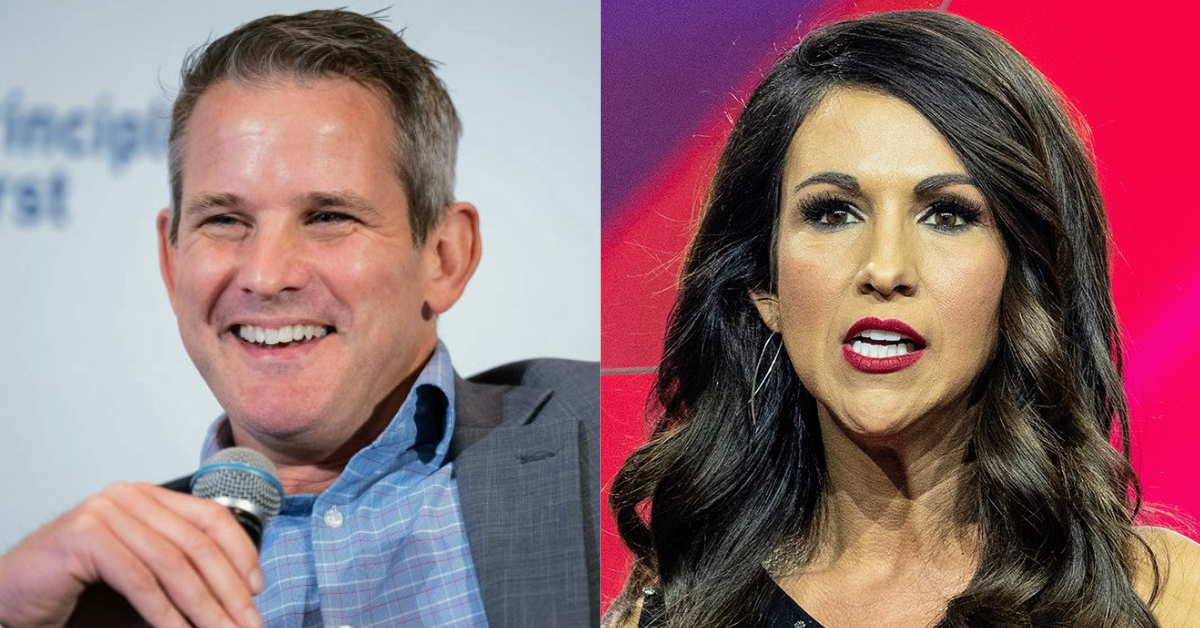adam kinzinger
Top stories
Adam Kinzinger Gets Into Tense Twitter Spat With Boebert After She Says 'Real Men Aren't Women'
The former GOP Rep. accused the MAGA Rep. of 'debasing the whole profession' with her pot-stirring tweet.
Colorado Republican Representative Lauren Boebert has been on a definite anti-trans kick lately, and a recent tweet of hers very firmly continued that trend.
Boebert tweeted the phrase "real men aren't women" last Wednesday evening—on International Women's Day—likely hoping to rile up her fan base and stoke the transphobic flames.
Boebert's anti-trans message was quite clear.
That same day, she also tweeted:
"Happy International Women’s Day to all the lovely ladies and not to the boys playing dress up!"
Fellow Republican Adam Kinzinger, former Illinois Representative and current CNN commentator, quote tweeted Boebert's comment with quite a scathing response.
Kinzinger posted:
"I’m retweeting this for one reason. At around 6:30 central time, Lauren decided to tweet this. Why?"
"To anger, stir the pot, offend, and give people a dopamine hit. And raise money."
"No serious mature debate, just debasing of the whole profession. Twitter isn’t real life"
This isn't the first time Kinzinger has denounced Boebert's rhetoric.
When Boebert said she was "tired" of the entire concept of separation of church and state last year and claimed "The church is supposed to direct the government," Kinzinger left no doubts about his stance on the matter.
Kinzinger was far from the only person critical of Boebert's tweets.
He wasn't even the only Republican or conservative.
Boebert eventually responded to Kinzinger—in the most immature way possible.
Kinzinger gleefully matched her childish energy in his response.
Kinzinger wasn't the only one who thought Boebert's response was childish.
Boebert has a long track record of posting anti-LGBTQ+ hate on Twitter, so these most recent tweets are certainly no surprise. Boebert herself doesn't seem to understand you can't post hateful dog whistles and outright discriminatory posts about a community of people and then claim to care for that community, though.
In the wake of the deadly shooting at Club Q in Colorado Springs last year, Boebert had the audacity to tweet she would be praying for the victims of the "lawless violence," seemingly without understanding the rhetoric she puts out into the world encourages hate.
Hopefully, other Republicans like Kinzinger actively speaking out against her dangerous rhetoric will at least help other conservatives understand exactly how harmful that rhetoric is.
It doesn't seem like Boebert is going to be learning anything or stopping any time soon.
 SECONDNEXUS
SECONDNEXUS percolately
percolately georgetakei
georgetakei comicsands
comicsands George's Reads
George's Reads





